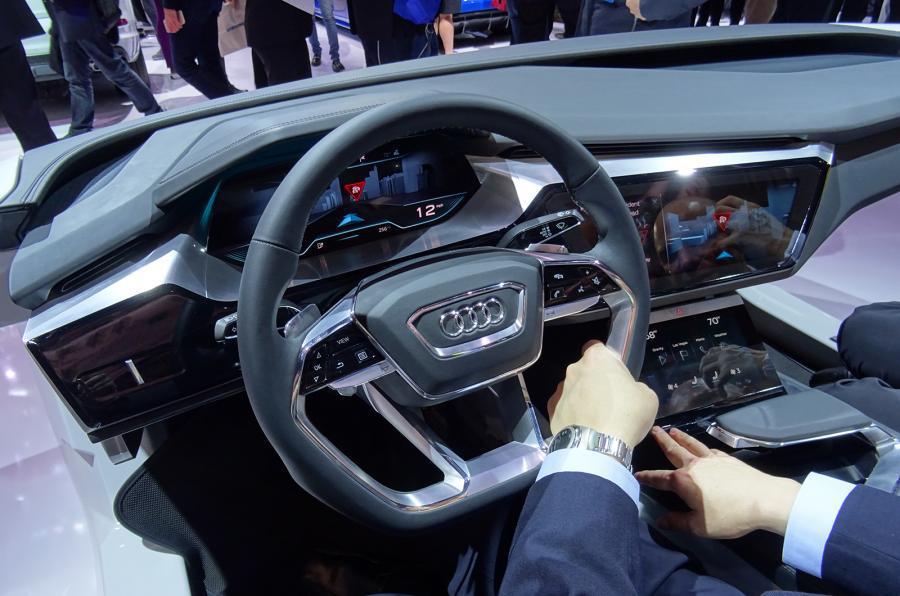Korea is hitting Japanese brands
That might sound like a stupid response to a serious question, but it’s the best solution for optimum shopping in the back end of 2013. You see, Korea now makes better Japanese cars than the Japanese. And that’s a fact.
This Korean tide has been rising for a while, but it’s now packed showrooms with quality cars that are backed by industry-leading five-year warranties with capped-price servicing costs. The two Korean juggernauts are also serious about tuning their cars for Australian drivers and roads, which is becoming a serious selling point and also a battlefield for bragging rights inbetween Hyundai and Kia.
Even Daewoo, which was absorbed into the Holden empire to provide cut-price cars such as the Barina and Captiva, is now doing a better job as the engineering and design expertise from Fishermans Arch is absorbed deeply into the Korean content on the cars. And don’t leave behind that the Aussie-made Cruze compact, despite its local tweaking and assembly in Adelaide, began its life at the GM Daewoo division in Korea.
Without getting into a history lesson, the seismic shift inbetween Japan and Korea comes down to three things. Very first is the deep-seated rivalry inbetween the two countries, 2nd is the well-lit path to success blazed by Japanese makers including Honda and Toyota, and third is the Global Financial Crisis. How’s that?
Well, nothing makes a Korean businessman more satisfied than hammering a Japanese rival, even tho’ the Japanese were the very first Asian companies to achieve success in motoring thanks to cars like the Toyota Corolla, Honda Civic and the classy machines that followed. These days, the Nissan GT-R is a legend and the Toyota LandCruiser is an icon.
So the Koreans assimilated the Japanese business model for cheap, reliable and sensible cars – think of the Hyundai Elantra and Kia Rio – and then found a way to build them with similar quality at a lower price. There was a time when the cabins of Korean cars stank – because of the ‘release agent’ applied to plastic parts – and the assembly was slipshod and downmarket, but not today. They also have aircon with Japanese efficiency, always a pointer to intelligent engineering in Australian weather.
But it’s the GFC which has made the largest difference. While the Japanese brands panicked, cutting costs and spreading the lifetimes of their cars, the Koreans accelerated their development plans, brought fresh models, and invested in their dealerships in Australia.
The results are visible now as many Japanese cars – we’re talking about the Honda Civic and Subaru Impreza – have lost their previous edge, while others – think Mitsubishi Pajero and Subaru WRX – are way overdue for a remake.
In the meantime, Hyundai is now plotting a budge upmarket with its luxury Genesis models and Kia is setting a global standard for quality styling thanks to its recruiting of design genius Peter Schreyer. Best of all, when you’re buying, it’s the driveaway pricing that’s been a Korean signature since Hyundai blazed that trail in the 1990s to get jumpy shoppers over the line.
